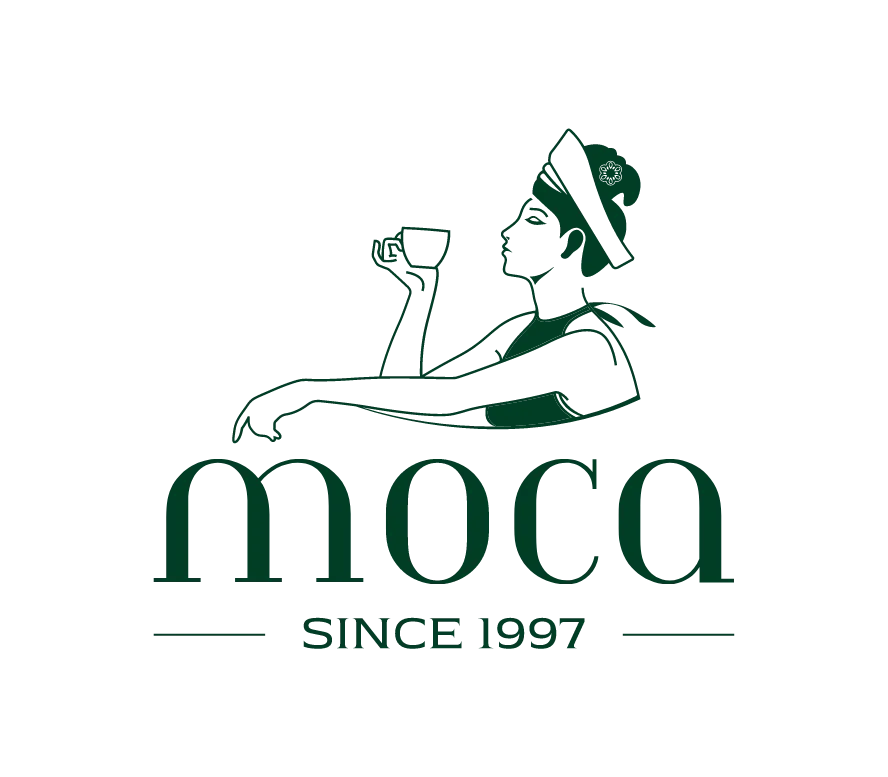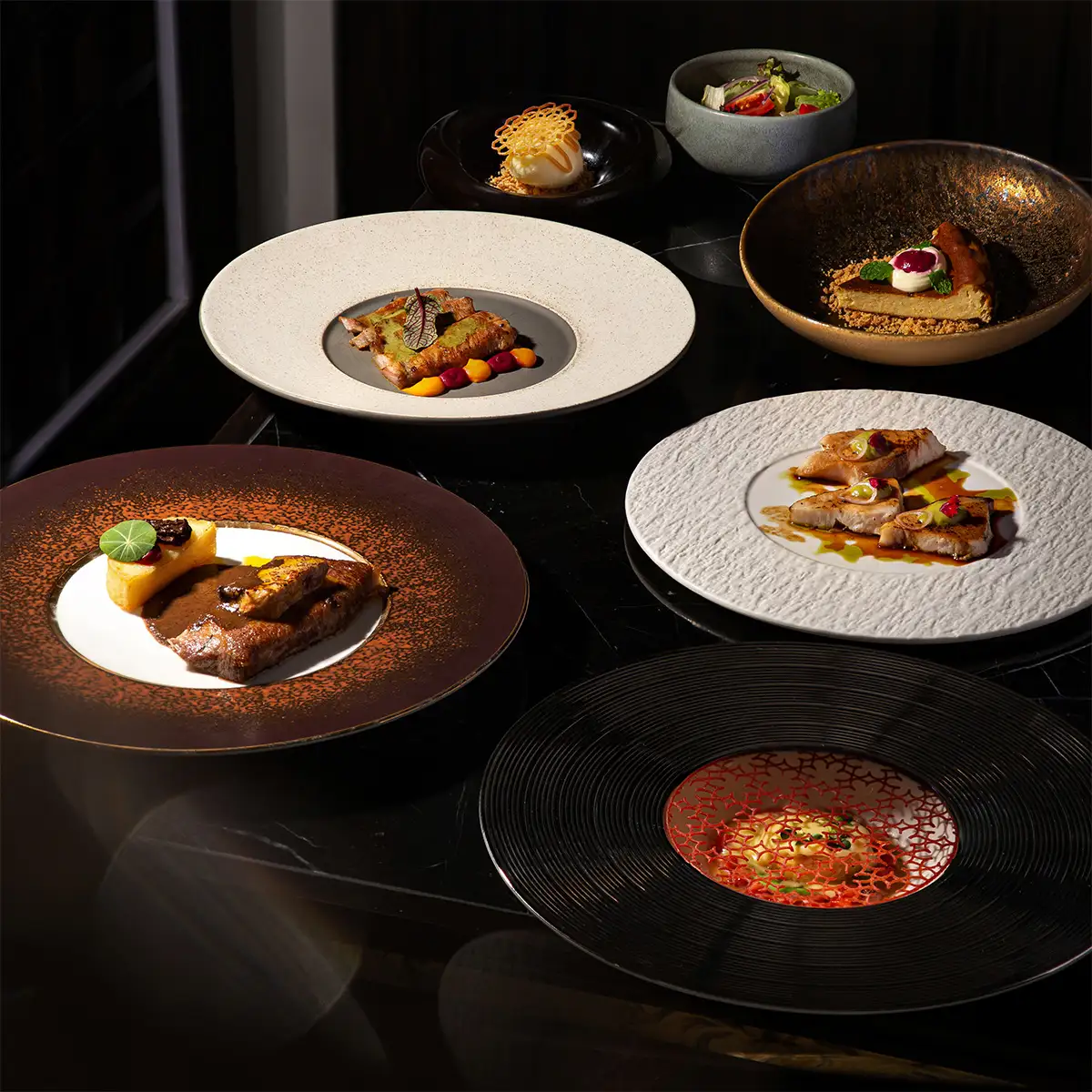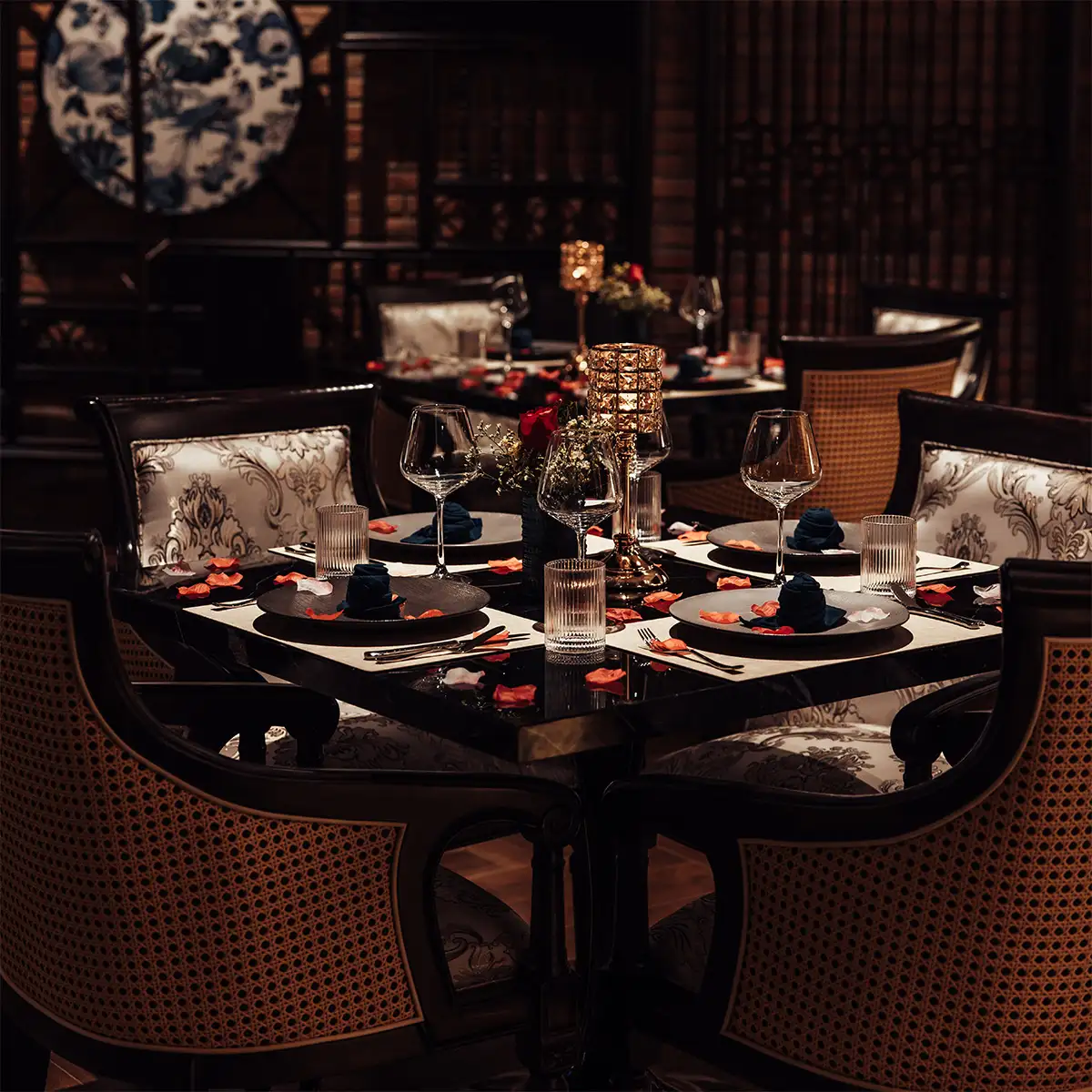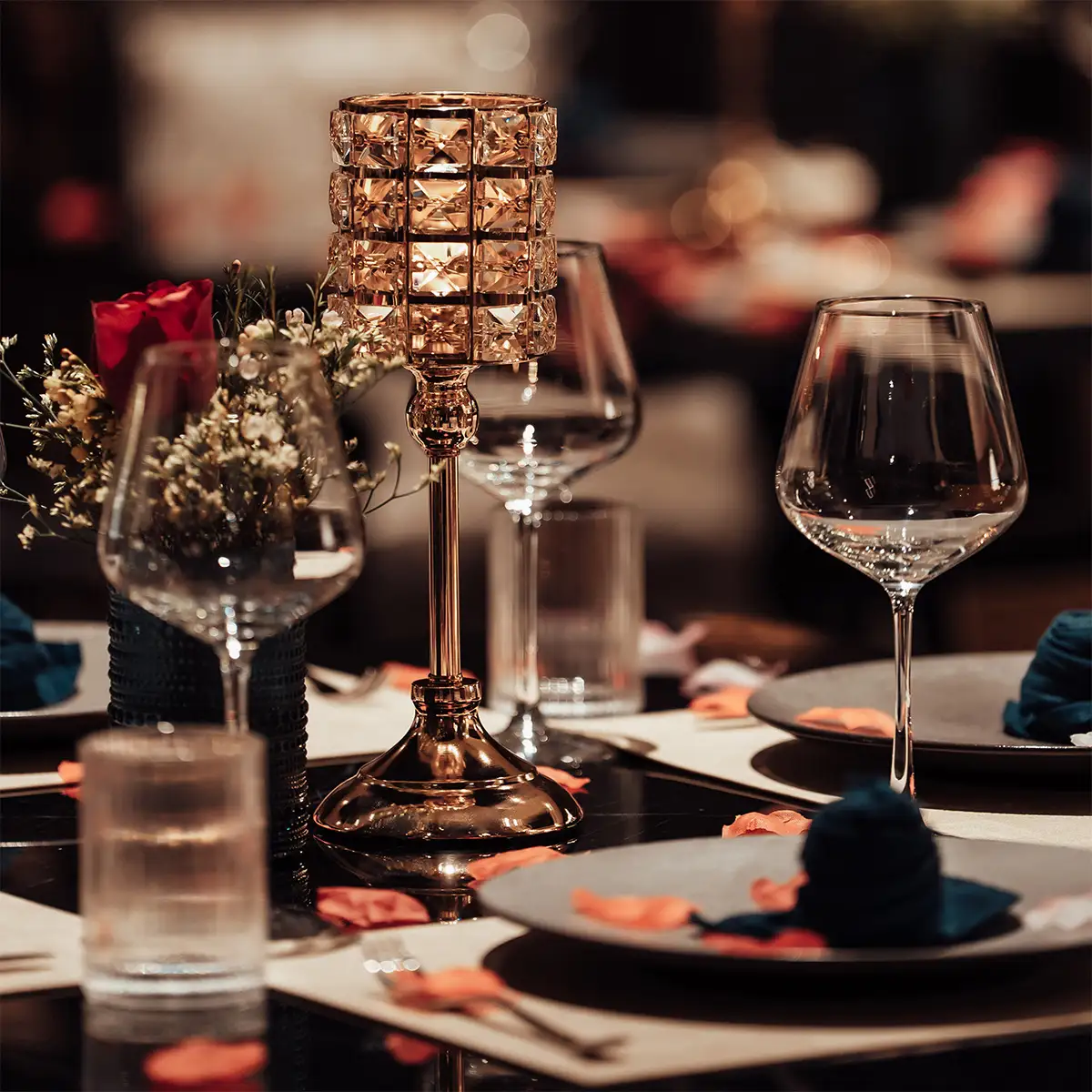In the culinary world, few titles command as much respect and admiration as chef Michelin. These elite chefs are far more than skilled cooks—they are visionaries, innovators, and masters of their craft, dedicated to pushing the boundaries of flavor, presentation, and technique. With every meticulously crafted dish, they redefine fine dining and elevate the entire gastronomic experience. Earning a Michelin Star is not just an accolade—it's a testament to years of discipline, creativity, and relentless pursuit of excellence.
This article explores the world of the chef Michelin, offering insight into their journeys, philosophies, and the unique qualities that set them apart in the ever-evolving culinary landscape.
1. The path to Michelin stars: Training and experience
The journey to becoming a Michelin star chef is long and demanding, requiring years of unwavering dedication, rigorous training, and hands-on experience. It’s a path marked by hard work, long hours, and an unyielding pursuit of perfection.
Formal culinary education is often the first crucial step. Renowned institutions like Le Cordon Bleu and the Culinary Institute of America offer aspiring chefs a strong foundation in classic techniques, ingredient mastery, and kitchen management. These programs equip students with the essential skills and deep culinary knowledge needed to thrive in professional kitchens.
Apprenticeships and mentorships are equally vital. While education provides theory, real-world experience under the guidance of established chefs helps future chef Michelin talents refine their craft, develop a personal style, and gain invaluable insight into the demands of high-level cuisine. The mentorship of a seasoned professional can be a turning point in a young chef’s career.
Ultimately, earning Michelin Stars demands relentless dedication. Many Michelin chefs spend years perfecting their techniques, often sacrificing personal time and enduring immense pressure. It’s this passion, endurance, and commitment to excellence that elevates them to the top of the culinary world.

Creating a Michelin menu starts with education, mentorship, and years of dedication—the hallmarks of every Michelin star chef.
Learn more: Michelin Star Plating Techniques: A Comprehensive Guide to Culinary Artistry
2. Defining qualities of a Michelin star chef
While training and experience are essential, certain innate qualities distinguish a Michelin Star Chef from their peers. These qualities are the driving force behind their success and the reason they are able to consistently deliver exceptional dining experiences.
- Culinary vision and creativity: A Michelin Star Chef possesses a unique culinary vision, an ability to conceive and create innovative and memorable dishes that push the boundaries of gastronomy. They can blend flavors, textures, and aromas in unexpected and harmonious ways, creating culinary masterpieces that tantalize the senses.
- Passion for ingredients: A deep understanding and appreciation for high-quality ingredients are paramount. Michelin restaurant chefs understand the importance of sourcing local, seasonal, and sustainable ingredients, recognizing that the quality of the ingredients directly impacts the quality of the final dish.
- Mastery of technique: A Michelin Star Chef exhibits a mastery of both classic and modern culinary techniques. Precision, consistency, and meticulous attention to detail are hallmarks of their cooking, ensuring that every dish is executed flawlessly.
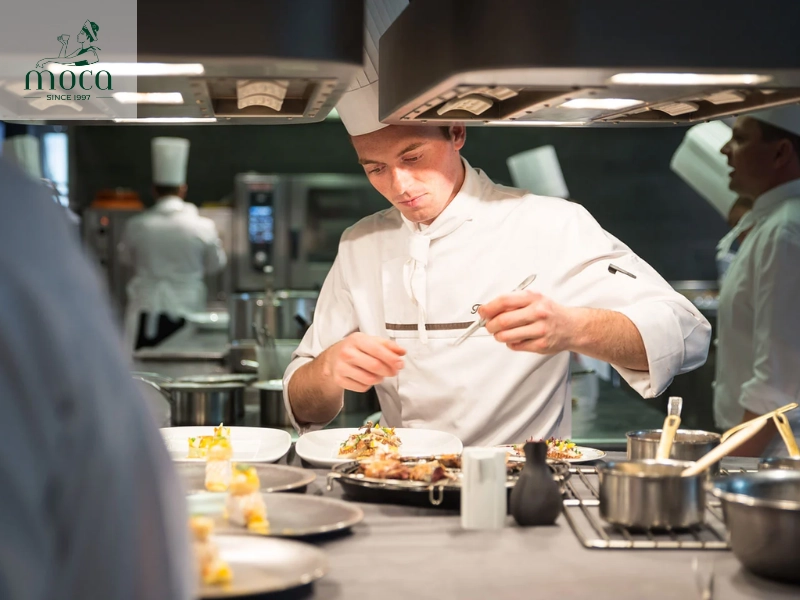
Behind every Michelin restaurant menu is a chef Michelin fueled by vision, passion, and technical mastery—the essence of a Michelin Star Chef.
- Leadership and teamwork: Running a Michelin-starred kitchen requires strong leadership skills. A Michelin Star Chef must be able to manage and motivate a team of culinary professionals, fostering a collaborative environment where creativity and excellence can thrive.
- Commitment to excellence: Above all else, a Michelin Star Chef possesses an unwavering commitment to excellence in every aspect of the dining experience. They are constantly striving for improvement, embracing continuous learning and innovation to maintain their position at the forefront of the culinary world.
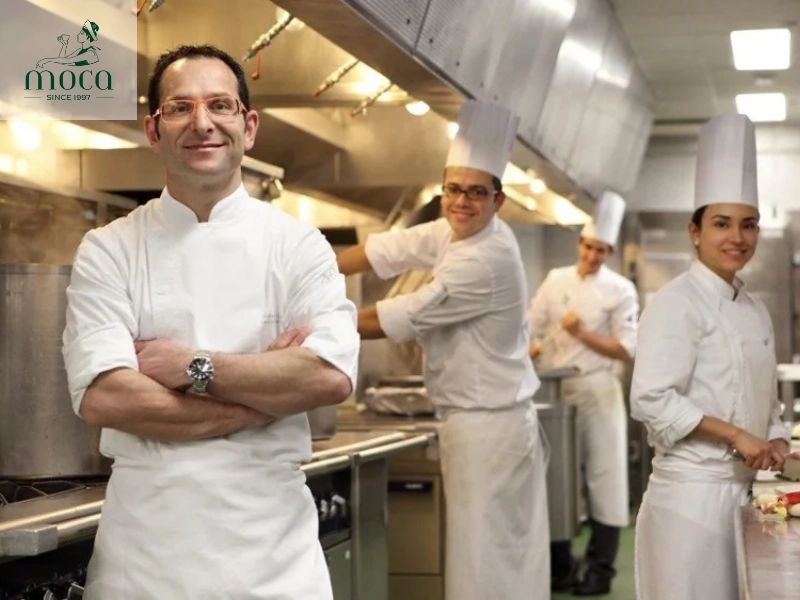
A Michelin Star Chef leads with vision and discipline, inspiring teamwork and upholding excellence in every Michelin restaurant menu.
3. Culinary philosophies and signature styles
Michelin Star Chefs are not only masters of technique but also proponents of distinct culinary philosophies that shape their signature styles. These philosophies guide their creative process and define the unique dining experiences they offer.
- Modernist cuisine: This approach emphasizes scientific techniques and innovative approaches to cooking. Chefs like Heston Blumenthal are known for their modernist techniques, utilizing tools and methods from the scientific world to deconstruct and reimagine classic dishes. Modernist cuisine often involves techniques such as spherification, sous vide cooking, and the use of liquid nitrogen to create surprising textures and flavors.
- Farm-to-table cuisine: This philosophy emphasizes the use of local, seasonal ingredients sourced directly from farms and producers. Chefs like Alice Waters champion this approach, believing that the freshest, highest-quality ingredients are essential to creating exceptional dishes. Farm-to-table cuisine celebrates the connection between food, nature, and community.
- Regional cuisine: Many Michelin restaurant chefs are dedicated to preserving and celebrating regional culinary traditions. They draw inspiration from the unique ingredients, techniques, and flavors of their region, creating dishes that reflect the cultural heritage of their area. Examples include chefs specializing in Italian, French, or Japanese cuisine, showcasing the diversity and richness of their respective culinary traditions.
- Fusion cuisine: This concept blends elements from different culinary traditions, creating innovative and unexpected flavor combinations. Michelin Star Chefs who embrace fusion cuisine often draw inspiration from their travels and cultural experiences, creating dishes that reflect a global perspective.
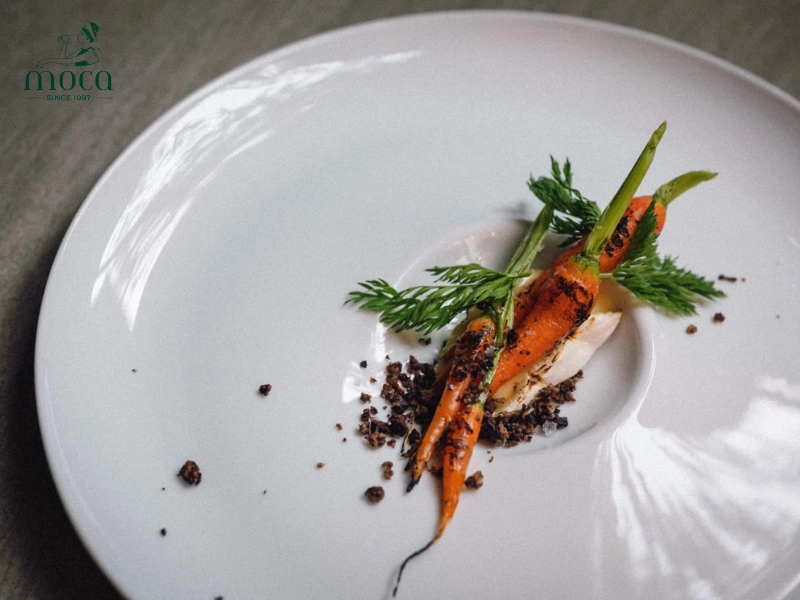
From modernist to farm-to-table, regional, or global fusion, each Michelin menu reflects the chef's unique creativity.
Learn more: Michelin Star Restaurant Etiquette: A Guide to Impeccable Dining
4. Notable Michelin star chefs (Examples)
Hanoi is rapidly emerging as a culinary destination, and several outstanding chef Michelin talents have been honored with Michelin Stars, significantly elevating the city's gastronomic profile. These chefs are not only masters of their craft but also proud ambassadors of Vietnamese cuisine, bringing its depth, diversity, and innovation to the global stage.
- Sam Tran – Gia Restaurant: As the head chef Michelin at Gia Restaurant, which has earned a prestigious Michelin Star, Sam Tran is acclaimed for her ability to blend traditional Vietnamese flavors with modern, refined techniques. Her innovative dishes offer diners a fresh perspective on Vietnamese cuisine, making each experience both authentic and unforgettable.

Sam Tran as the head chef Michelin at Gia Restaurant
- Yamaguchi – Hibana by Koki: Chef Yamaguchi leads Hibana by Koki, a top-tier Japanese restaurant in Hanoi known for its teppanyaki artistry. His precise technique and elegant presentations have set a new standard for Japanese fine dining in Vietnam, delivering a luxurious, immersive experience.
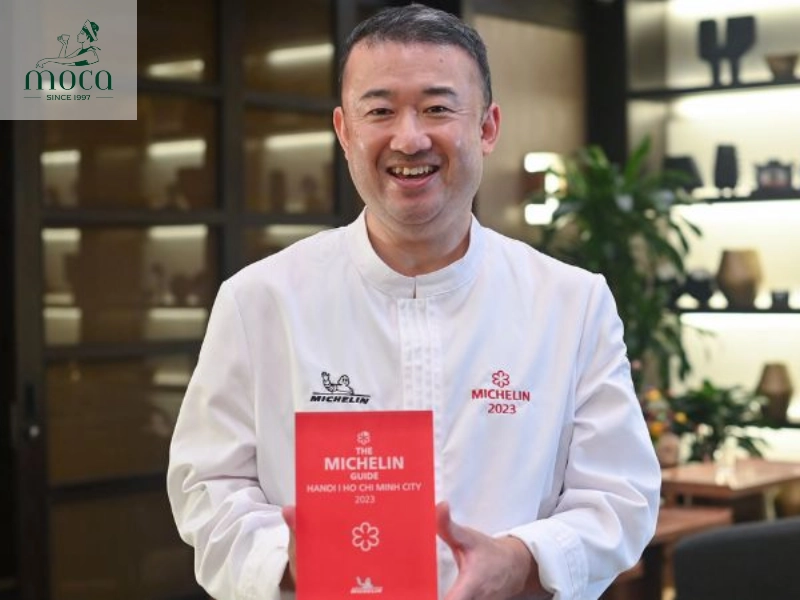
Chef Yamaguchi leads Hibana by Koki
- The Chef Team at Tam Vi: At Tam Vi, a skilled team of chefs has embraced the essence of Northern Vietnamese cuisine. Their commitment to preserving traditional recipes while presenting them with subtle elegance has been pivotal in the restaurant’s recognition and success.
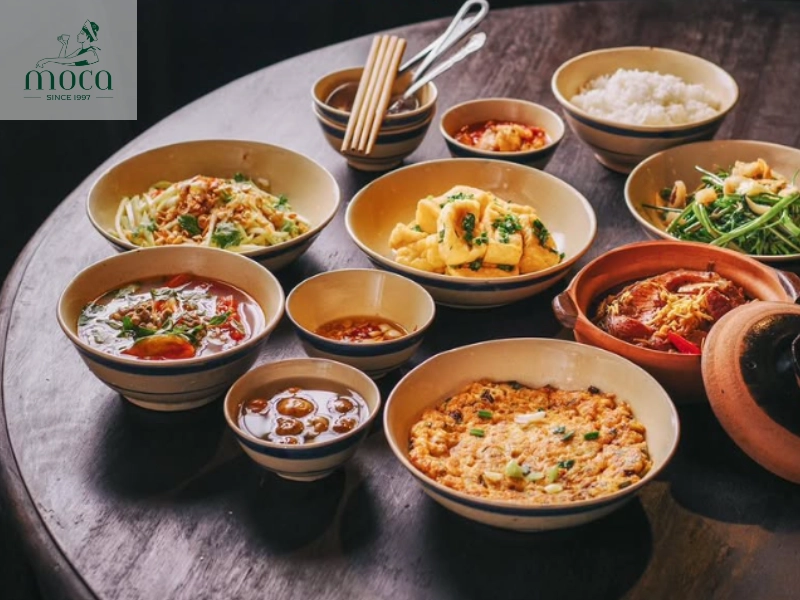
The Chef Team at Tam Vi
These chef Michelin professionals not only stand out for their culinary excellence but also play a vital role in placing Hanoi on the global culinary map. Through their passion for quality, innovation, and tradition, they reflect the vibrant spirit of Vietnam’s evolving food scene.
5. The impact of Michelin stars on a chef's career
Earning a Michelin Star is a monumental achievement that can profoundly impact a chef's career, opening doors to new opportunities and solidifying their place among the culinary elite. The recognition and prestige associated with Michelin Stars can transform a chef's professional trajectory in numerous ways.
- Increased recognition and prestige: Michelin Stars significantly elevate a chef's reputation, attracting diners from around the world who seek out exceptional culinary experiences. The recognition from the Michelin Guide serves as a powerful endorsement, boosting the chef's visibility and credibility within the industry.
- Creative freedom: With the increased recognition and resources that come with Michelin Stars, chefs often gain greater creative freedom to pursue their culinary visions. They may have the opportunity to experiment with new ingredients, techniques, and concepts, pushing the boundaries of gastronomy and further refining their signature style.
- Business opportunities: Michelin Star Chefs often find themselves presented with a wealth of new business opportunities. They may be invited to open new restaurants, write cookbooks, launch product lines, or collaborate with other renowned chefs and culinary brands, expanding their influence and reach within the culinary world.
- Influence on the culinary world: Michelin Star Chefs serve as role models and inspirations for other chefs and culinary professionals. Their innovative techniques, culinary philosophies, and commitment to excellence can influence the direction of the culinary world, shaping the future of gastronomy and inspiring the next generation of culinary talent.
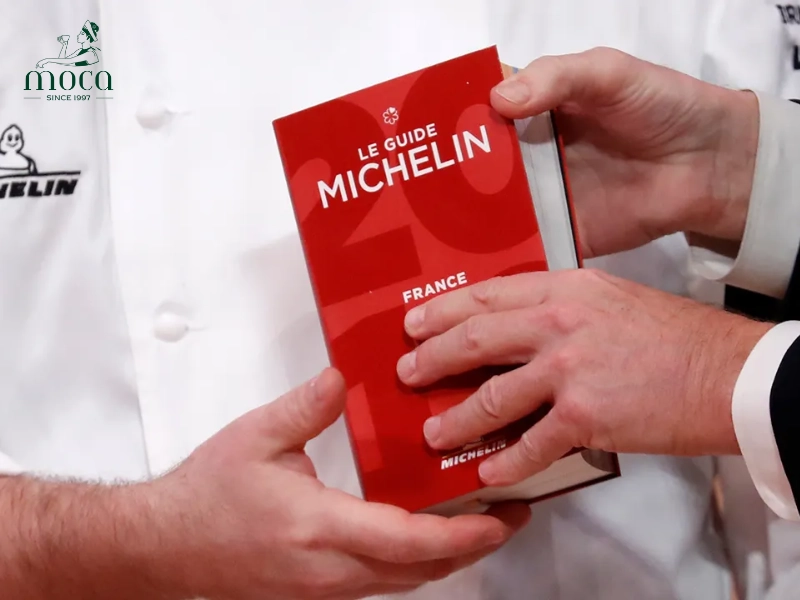
Earning a Michelin Star boosts a chef's reputation, offering creative freedom, new ventures, and the chance to shape the future of cuisine with their menu.
In conclusion, chef Michelin professionals represent the pinnacle of culinary excellence, embodying a rare blend of skill, creativity, dedication, and leadership. Their relentless pursuit of quality, innovative culinary philosophies, and technical mastery continue to shape and elevate the global dining scene. These chefs not only inspire fellow professionals but also captivate discerning diners around the world. We encourage you to explore the restaurants and creations of these remarkable chef Michelin talents to experience firsthand the passion and artistry that define Michelin Star dining.
If you're looking for more reviews on Michelin stars restaurants, don't hesitate to check out Moca Dining for more insights!
For reservations and more information, simply visit Moca Dining’s official website or contact us directly. We're here to make your dining experience truly memorable.
Contact details
Moca Dining
16 Nha Tho, Hang Trong Ward, Hoan Kiem District, Hanoi
Tel: 0819961997 | 08.1997.202
